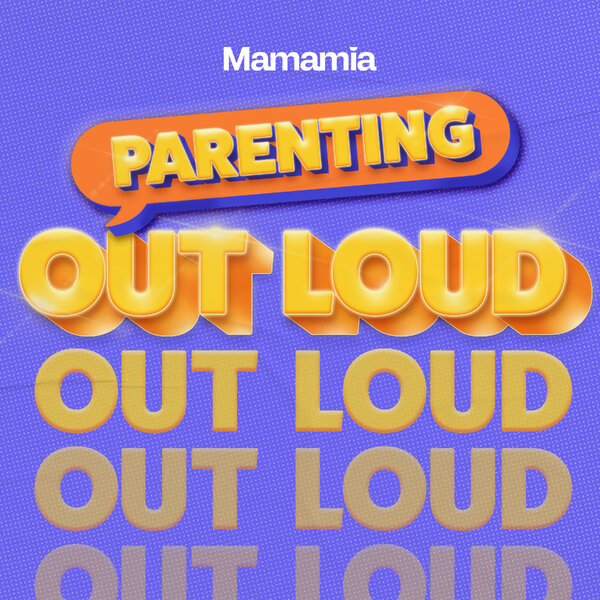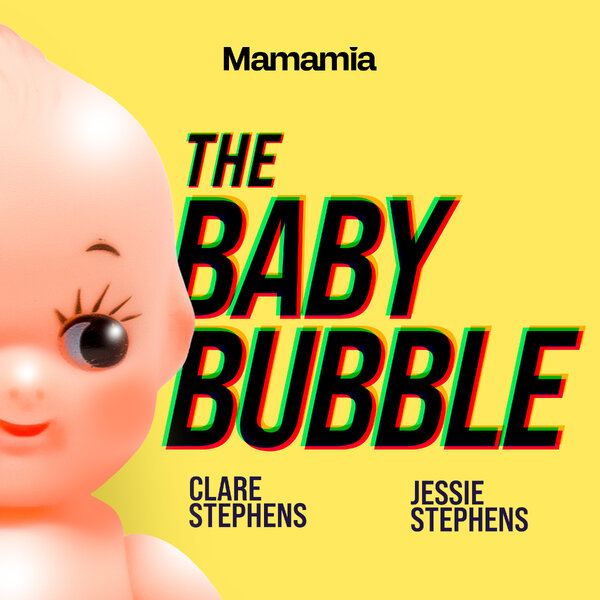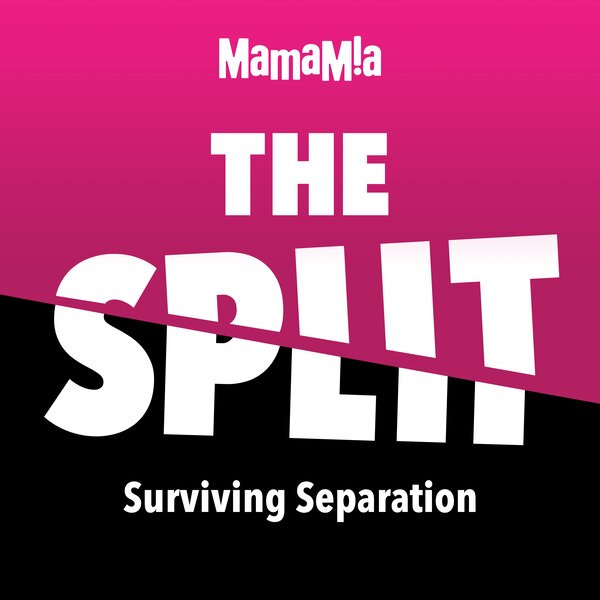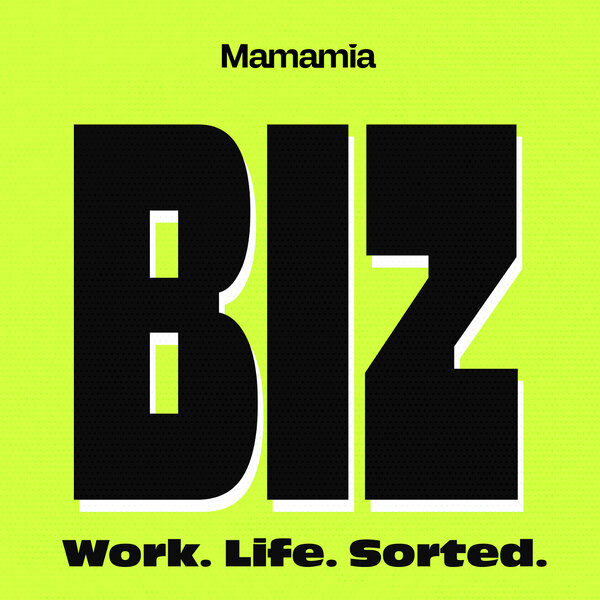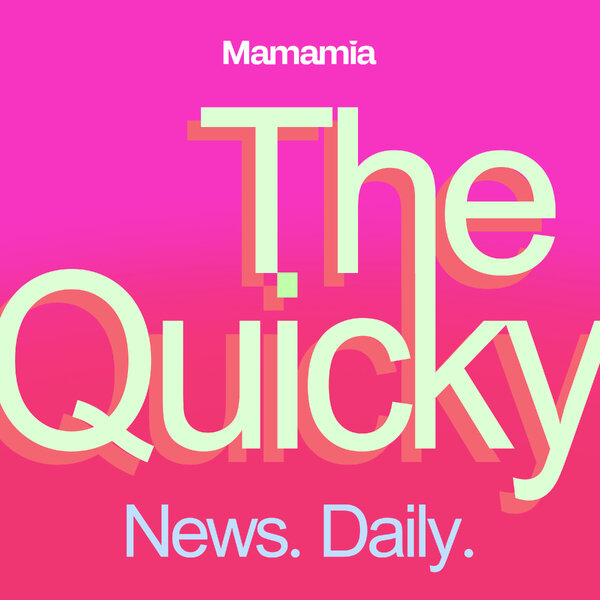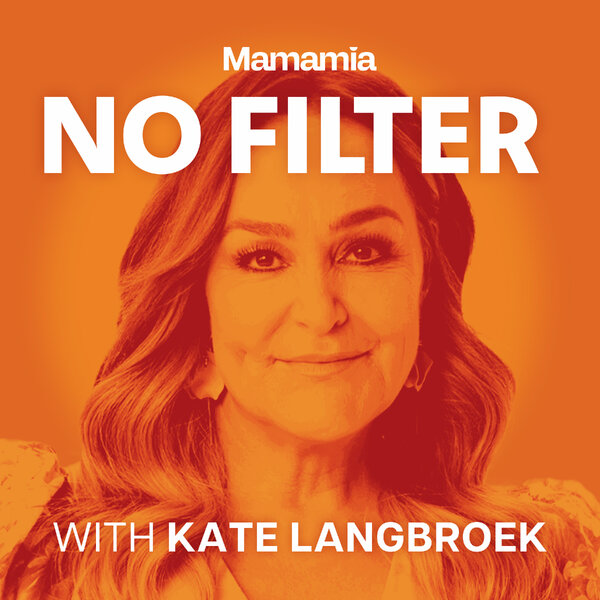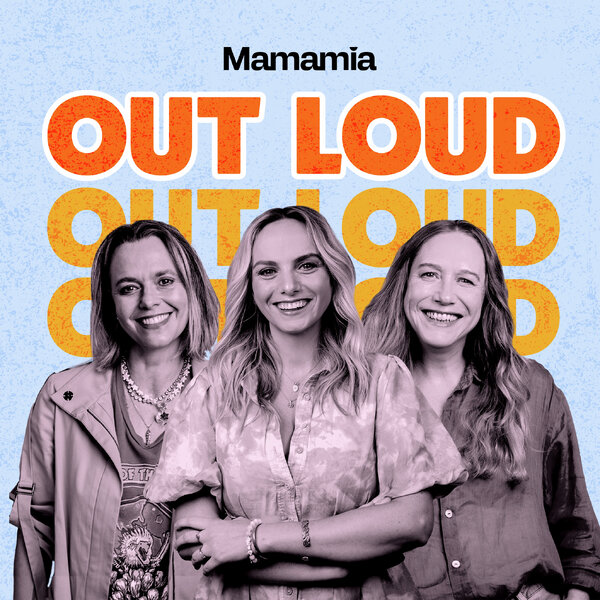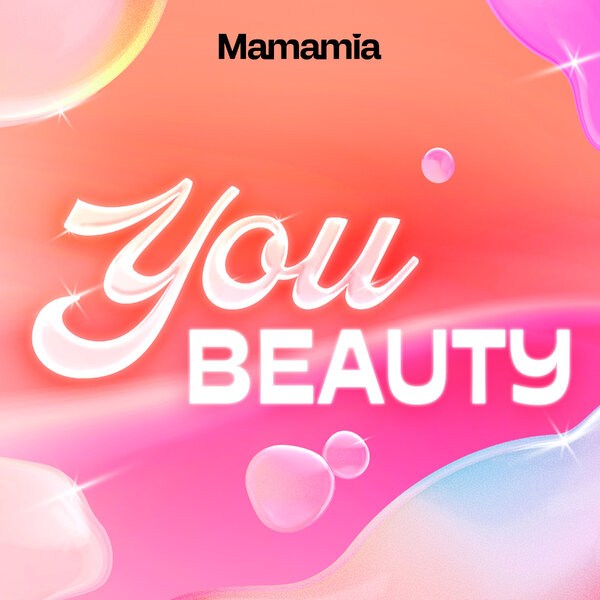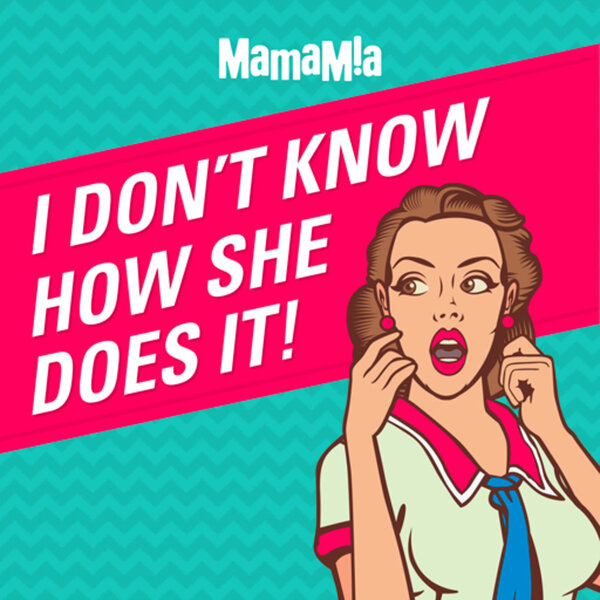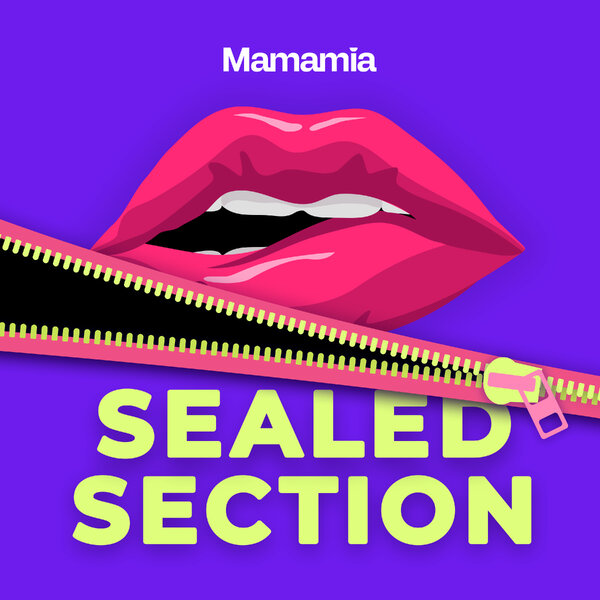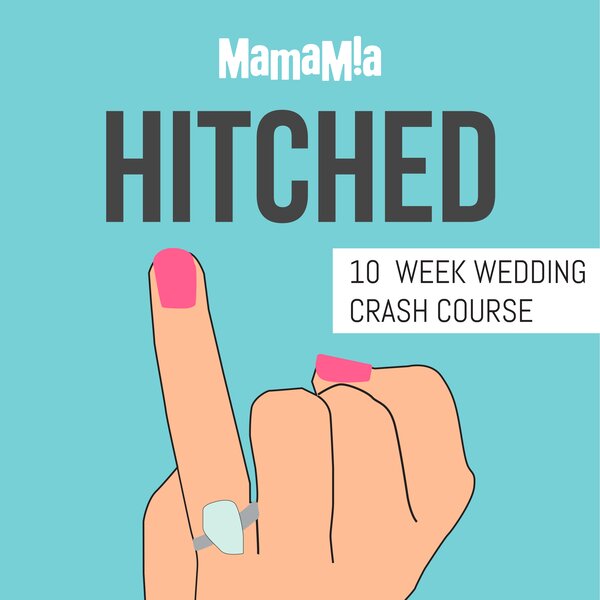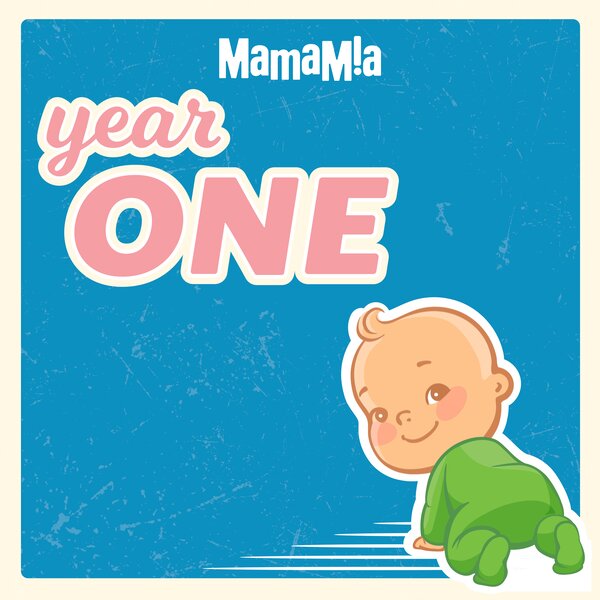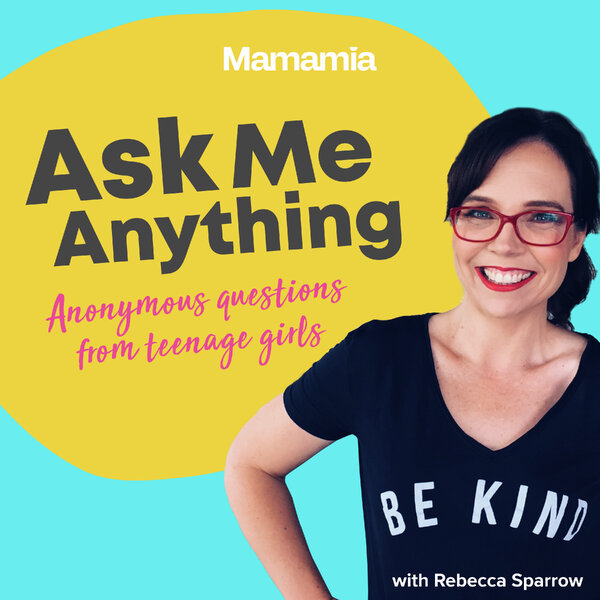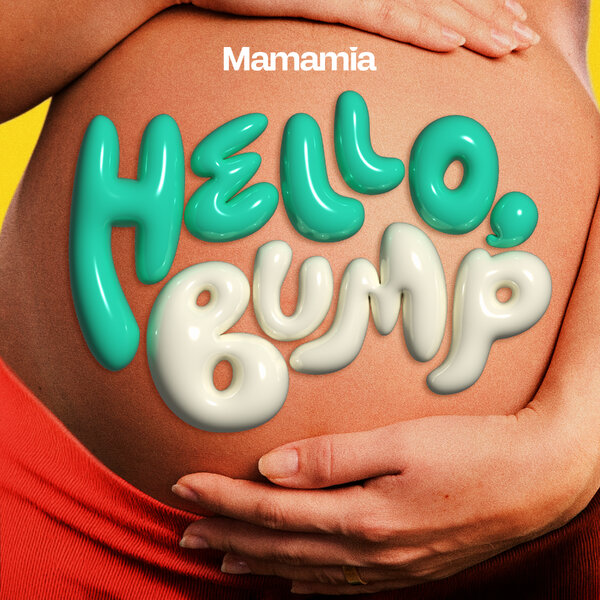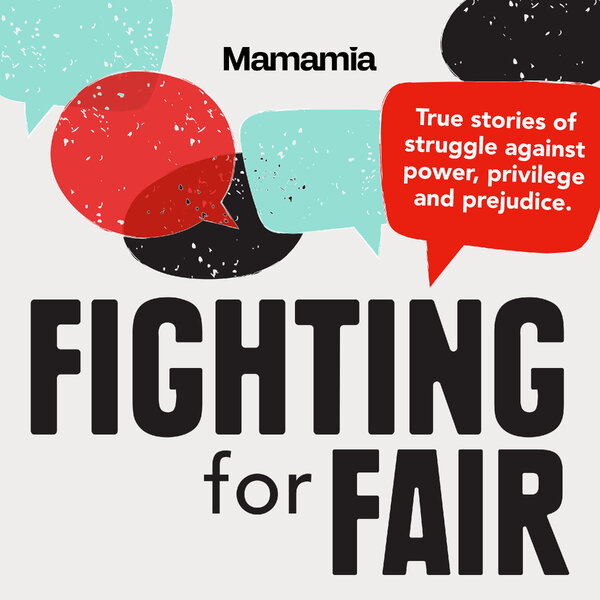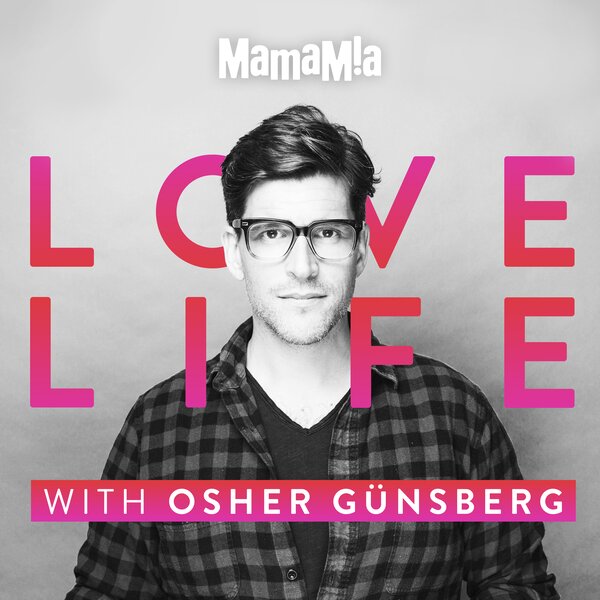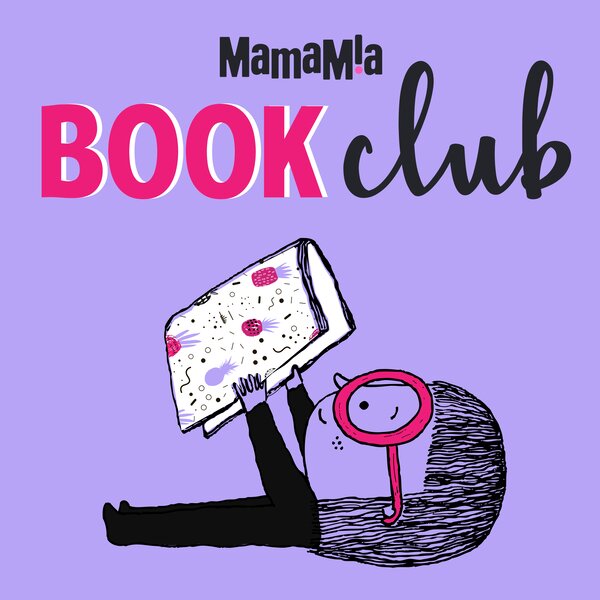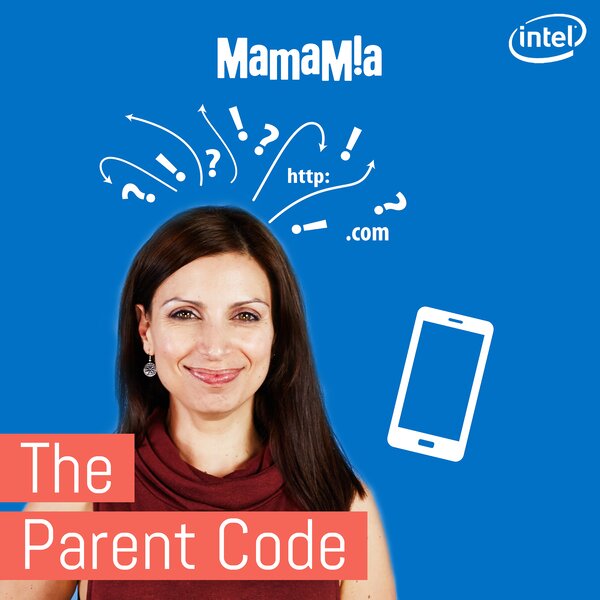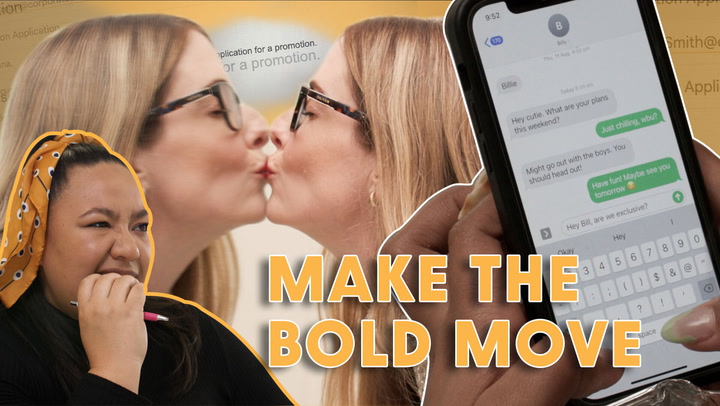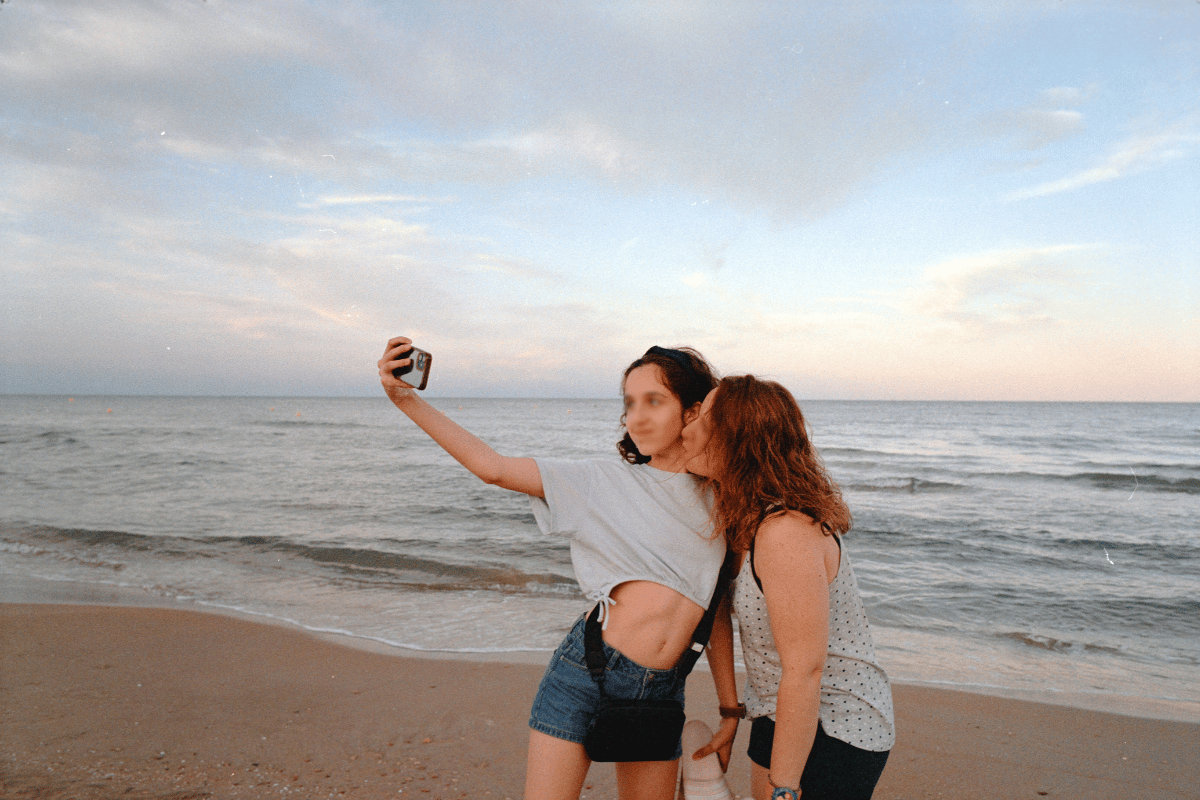
The first time Ellen* discovered her daughter *Kayla was being bullied online, she told her to "stand up to them, fight back". Ellen didn't know it at the time, but the advice was like putting a Band-Aid on a bullet wound.
It wasn't Ellen's fault, of course. Her knowledge of bullying came from a time before social media, when taunts were contained within school gates and didn't bleed into households at all hours of the night, lighting up phone screens and offering no reprieve.
Quickly her understanding of bullying shifted as she witnessed Kayla experience it from her own room — a place that should have been a safe haven for the teenager.
"It was very different to the type of bullying that my age would be used to, because we got a break from it," said Ellen, a headspace National Advisor.
"You got to go home, or you got to move away from that space, whereas cyberbullying you don't get to do that. You can go to bed, you can sleep for a few hours and then you wake up in the morning and it's just an avalanche of stuff that's happened, there's just no escape."
Kayla was subject to thousands of comments in real time as a moderator in various online streams.
"They tend to make a lot of friends in and around those groups," explained Ellen. "If something goes wrong for somebody, then it can turn quite quickly. As it did for her."
Watch: Unpacking Australia's social media ban for under 16s. Post continues after video.
